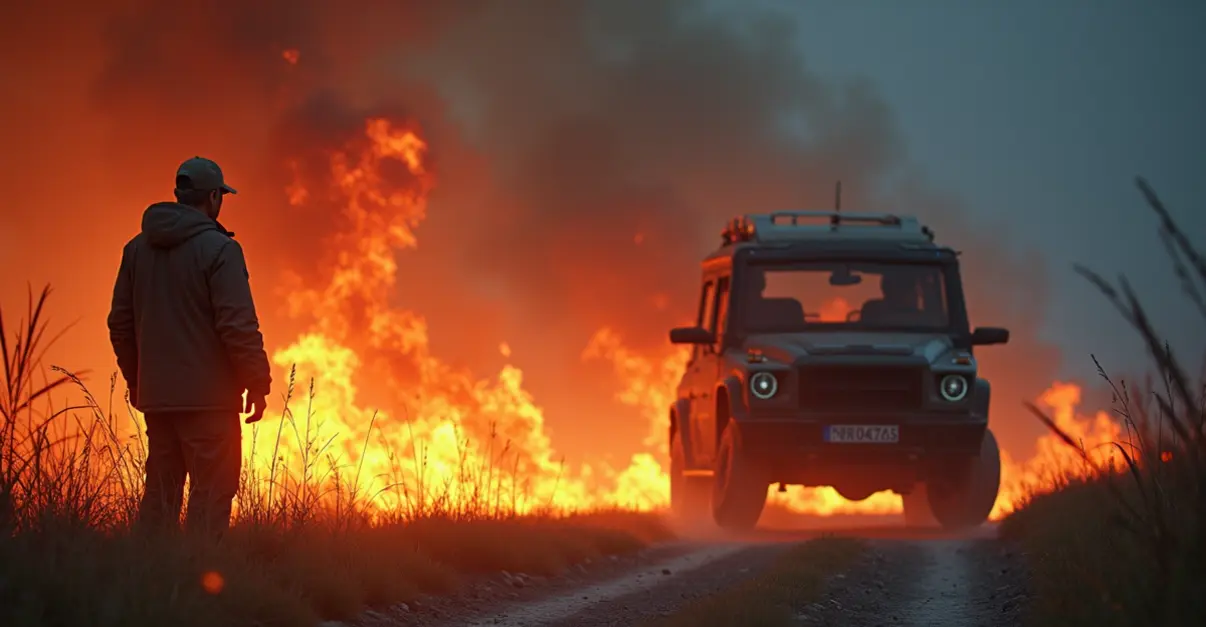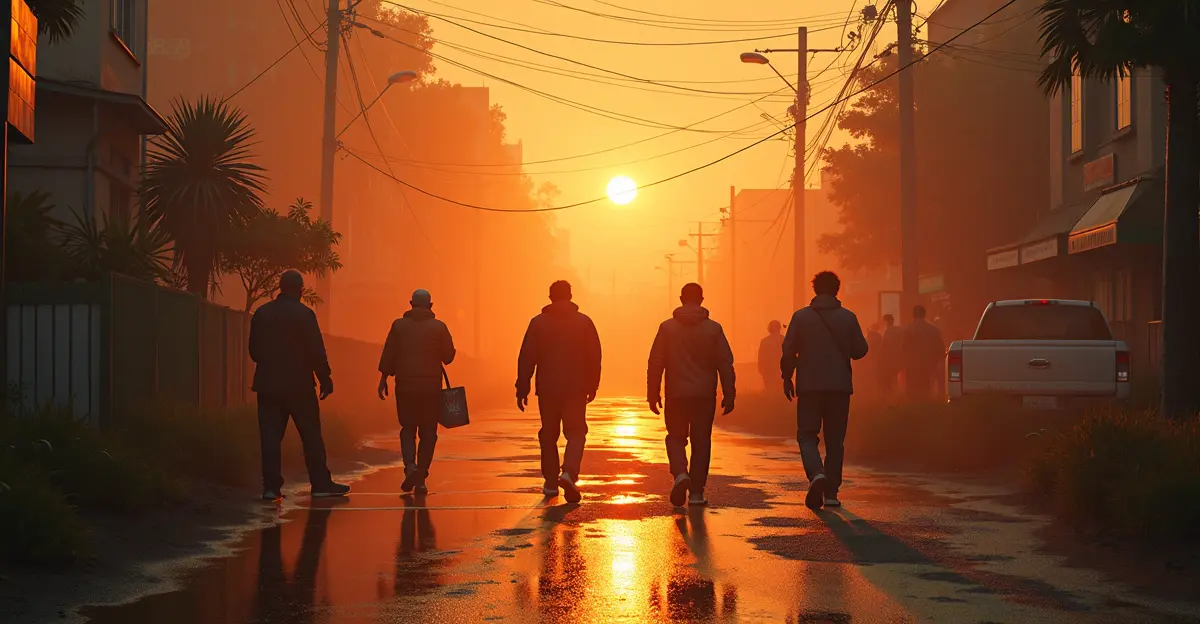Record-breaking global heatwave triggers emergency health alerts, with cities implementing cooling centers, water restrictions, and public advisories. Heat causes more deaths than hurricanes and floods combined, disproportionately affecting vulnerable populations.

Record-Breaking Heatwave Sparks Global Emergency Response
An unprecedented global heatwave is forcing cities worldwide to implement emergency measures as temperatures soar to dangerous levels. According to the World Meteorological Organization, July 2025 was the third-warmest July ever recorded, with extreme temperatures causing approximately 489,000 heat-related deaths annually between 2000-2019. Europe and Asia have been particularly hard hit, accounting for 36% and 45% of these fatalities respectively.
Emergency Measures Activated Across Cities
From Philadelphia to Phoenix, municipal governments are scrambling to protect vulnerable populations. 'Every single death from extreme heat is preventable,' emphasized WMO Deputy Secretary-General Ko Barrett, highlighting the urgency of coordinated action. The Philadelphia Health Department declared a Heat Health Emergency in June 2025, activating cooling centers, extending Heatline hours, and suspending utility shutoffs.
In Maryland, the situation has reached critical levels with 1,561 heat-related emergency visits and 30 fatalities this summer - numbers that surpass 2024 statistics. 'The Chesapeake Bay region faces heightened heat risks due to the shallow bay absorbing atmospheric heat and increasing humidity levels,' explained local health officials.
Cooling Centers Become Lifelines
Cooling centers are emerging as essential public health infrastructure. Counties across the U.S. are operating these facilities in libraries and community centers when heat indexes reach 100-105°F for consecutive days. The approach prioritizes accessibility and dignity, allowing people to use facilities without feeling stigmatized. 'These centers provide free, climate-controlled spaces without mandatory check-ins to ensure comfort for vulnerable populations including homeless individuals and those without adequate home cooling,' noted public health experts.
The APTIM report reveals that extreme heat causes more deaths annually than hurricanes, floods, and tornadoes combined, disproportionately affecting vulnerable populations including older adults, children, and low-income communities with limited cooling access.
Water Restrictions and Public Advisories
Many municipalities are implementing water restrictions as heatwaves strain water systems and increase consumption. Public health advisories emphasize hydration and avoiding strenuous outdoor activities during peak heat hours. The U.S. government's Heat.gov portal provides comprehensive safety guidance, though current government closures have limited updates.
Workplace safety has also become a major concern. OSHA has extended its National Emphasis Program on heat hazards through 2026, requiring employers to implement prevention protocols including acclimatization measures and cooling stations.
Global Impact and Future Projections
The crisis extends far beyond North America. Japan broke its national temperature record at 41.8°C, while Türkiye set a new national high of 50.5°C (122.9°F). Canada is experiencing one of its worst wildfire seasons, burning 6.6 million hectares and causing smoke pollution across North America and Europe.
Looking ahead, heatwaves are expected to persist across Asia, North Africa, the Iberian Peninsula, and southwestern US, with some areas exceeding 45°C (113°F). The Global Heat Health Information Network warns that extreme heat puts billions at risk of preventable death and illness, requiring urgent global cooperation.
As cities adapt to this new reality, urban heat island mitigation through tree canopy expansion, reflective surfaces, and community cooling centers are becoming standard practice. The challenge remains immense, but coordinated public health responses offer hope in protecting communities from the growing threat of extreme heat.

 Nederlands
Nederlands
 English
English
 Deutsch
Deutsch
 Français
Français
 Español
Español
 Português
Português









